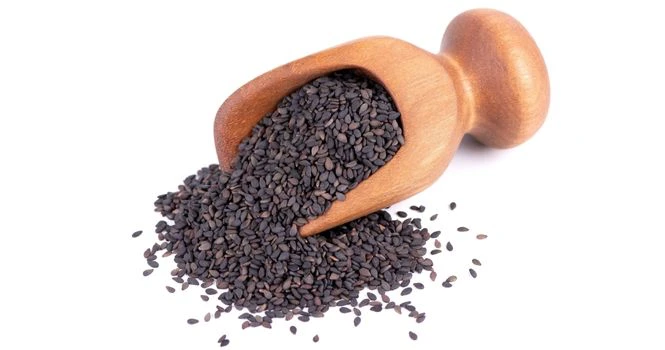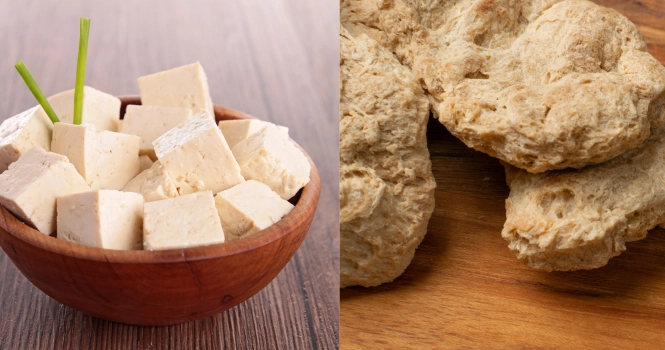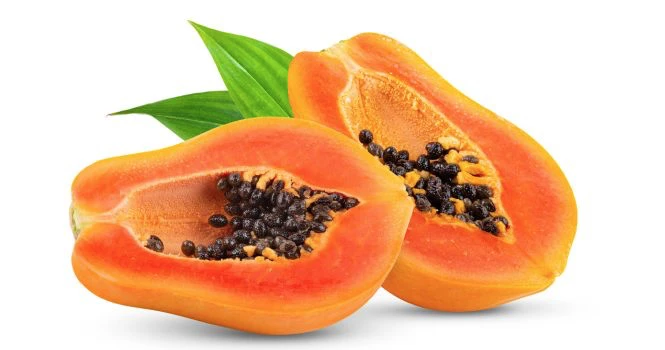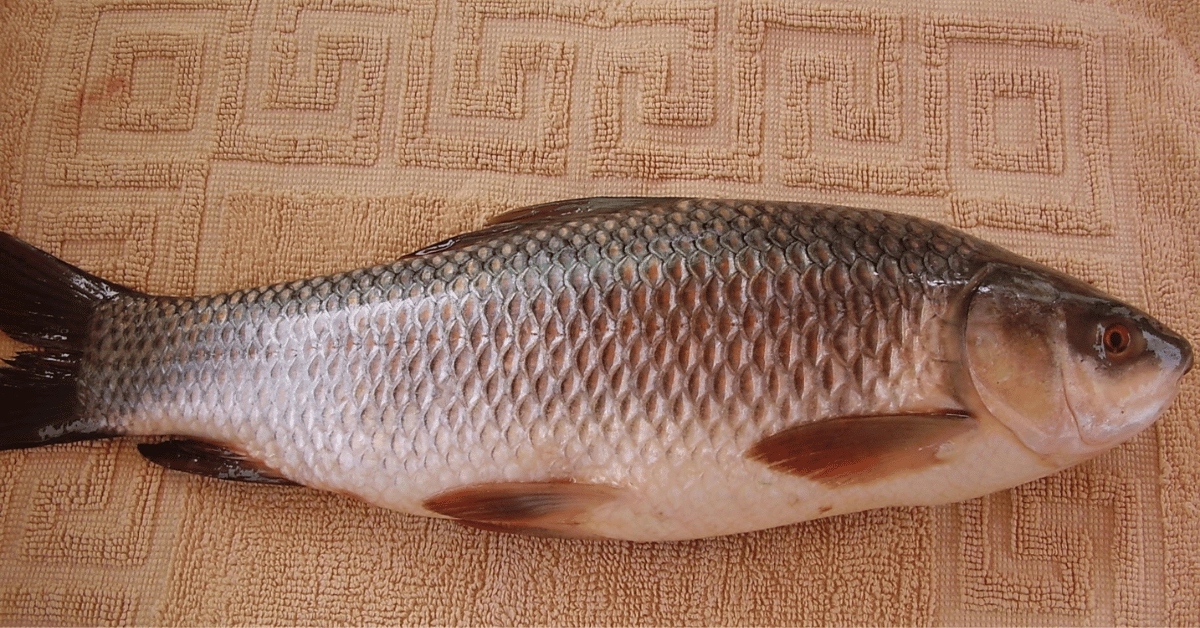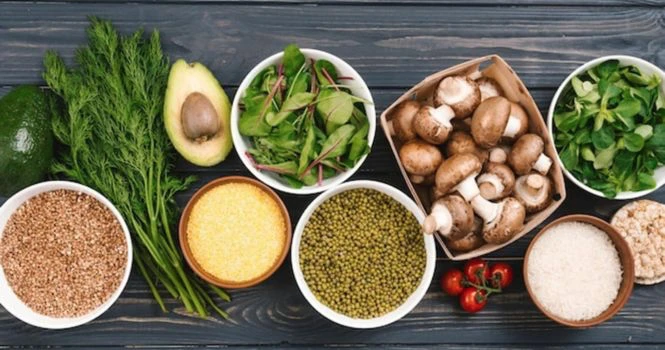Glycemic Index Showdown: Poha Versus Rice
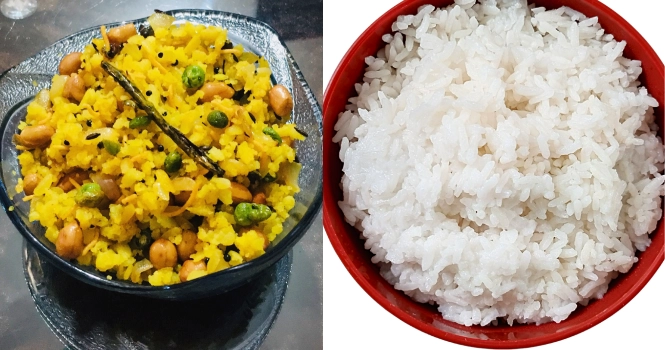
When it comes to choosing foods that are kind to our blood sugar levels, the glycemic index (GI) is an invaluable tool. It measures how quickly food causes our blood sugar to rise. For those managing diabetes, prediabetes, or just looking to maintain a balanced diet, understanding the GI of common foods like poha and rice is essential.
Let’s see the glycemic index of poha compared to rice
Understanding the Glycemic Index
The glycemic index ranks food on a scale from 0 to 100 based on how drastically it raises blood glucose levels. Foods with a high GI are absorbed quickly, causing a rapid spike in blood sugar, while low-GI foods are absorbed more slowly, leading to a gradual increase in blood sugar levels.
Generally, low-GI foods are considered better for maintaining stable blood sugar levels.
Poha: A Low-GI Option
Poha, made from flattened rice, has a relatively low glycemic index, generally ranging between 55 and 69, making it a moderate GI food.
This lower GI is attributed to the processing of the rice, which increases its volume and decreases the density of the carbohydrates, leading to slower absorption and a more gradual release of sugar into the bloodstream.
Rice: The GI Variability
The glycemic index of rice can vary significantly depending on the type. White rice, for example, typically has a high GI, ranging from 70 to 90, which can lead to quicker spikes in blood sugar levels. In contrast, brown rice, with its higher fiber content, usually has a moderate GI, ranging from 50 to 68, similar to poha.
Poha vs. Rice: The GI Perspective
When comparing the glycemic index of poha and rice, poha often emerges as the better choice for those looking to manage blood sugar levels, thanks to its moderate GI.
However, the type of rice and its preparation can influence its GI. For instance, cooking rice with more water and allowing it to cool can lower its GI, making it a more blood sugar-friendly option.
Incorporating Low-GI Foods into Your Diet
- Choose Poha for Breakfast: Start your day with a bowl of poha, seasoned with vegetables and spices, for a nutritious and low-GI meal.
- Opt for Brown Rice: When choosing rice, go for brown rice or rice varieties known for their lower GI, such as Basmati.
- Balance Your Meals: Combine higher GI foods with low-GI options like legumes, vegetables, and lean proteins to balance the overall GI of your meal.
- Mind the Portions: Regardless of the GI, monitoring portion sizes is crucial for managing blood sugar levels effectively.
The glycemic index of poha versus rice presents an interesting comparison for those mindful of their blood sugar levels. While both can be part of a balanced diet, poha generally offers a more stable energy release, making it a preferable option for maintaining steady blood sugar levels.
By understanding the GI values of these staples and incorporating them wisely into your meals, you can enjoy their nutritional benefits while keeping your blood sugar in check.
Remember, individual responses to foods can vary, so it’s essential to monitor how different foods affect your blood sugar levels and adjust your diet accordingly.



